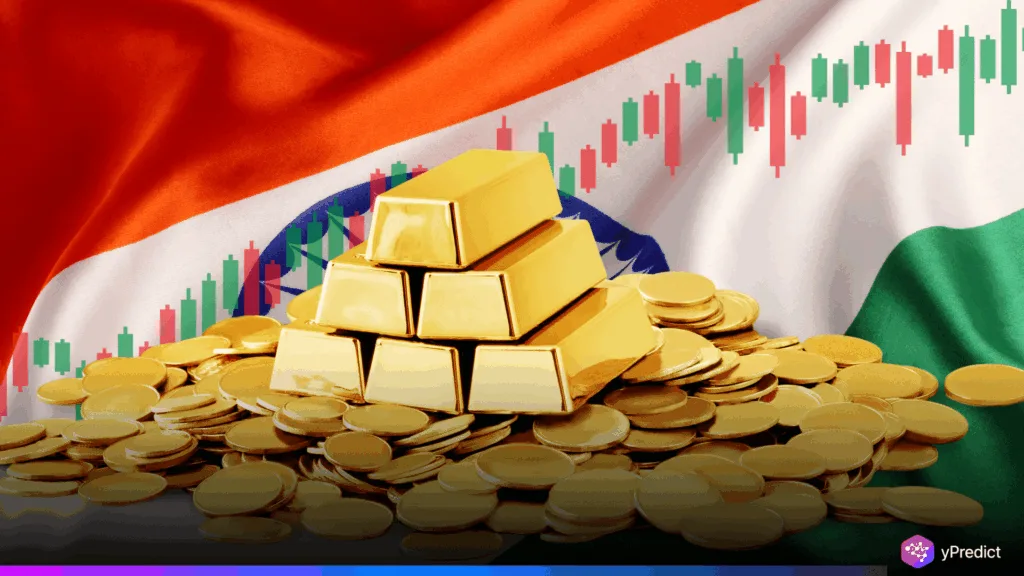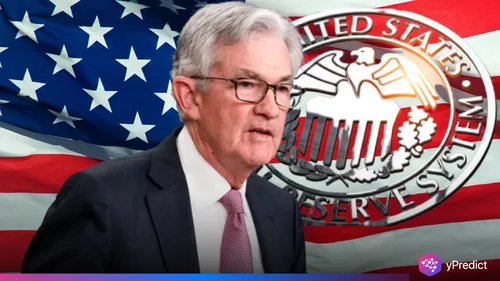
Gold has risen in value in 2025, returning 26% in US dollars and even more in rupees. India’s gold price surged to ₹95,000 per 10 grams due to a weak dollar, inflation concerns, and worldwide instability. The World Gold Council claims that this increase is a result of rising investor flows and central bank purchases. Furthermore, investors now face a big decision as the second half of the year approaches.
Key forces behind the gold price rally in H1 2025
The price of gold peaked in June at $3,287/oz, one of 26 all-time highs in H1 2025. The sharp drop in the US dollar, its worst start since 1973, boosted demand for gold around the world. Meanwhile, safe-haven flows were boosted by improving interest rate outlooks in the US and Europe.
The strength of the rupee allowed Indian investors to increase their profits. ETFs, digital gold, and sovereign gold bonds (SGBs) also saw an increase in domestic demand. Rising import tariffs made it urgent to protect against economic and currency risks.
Furthermore, institutional support was crucial. Central banks continued to buy more gold than they had before 2022. AUM increased to $383 billion with the addition of 397 tonnes in assets from global gold ETFs. Thus, these indicators point to a generally optimistic market outlook.
Should You Adjust Your Investment Strategy Now?
If your gold holdings account for less than 40% of your portfolio, stay put. SGBs’ tax-free maturity makes them an intelligent way to reduce risk without completely exiting the market. Additionally, this is consistent with a disciplined, long-term preservation-focused investment strategy.
Use SIPs in gold mutual funds or exchange-traded funds (ETFs) to increase exposure gradually. To make a significant contribution, ideally wait for dips close to ₹90,000. Limit gold to 10–15% of your portfolio, even in the most bullish of situations, to guard against unfavorable market outlooks. The foundation of any successful investing strategy is still diversification.
Can the Gold Price Rise Further in H2 2025?
The World Gold Council says that there are three possibilities. The gold price might remain unchanged or rise by 5% in the base case. This would entail slowing US GDP growth and modest rate cuts. Under such circumstances, it makes sense to hold current allocations without engaging in rapid purchases.
Additionally, stagflation or recession risks are increasing in the bull case. If that occurs, gold’s price could rise by an additional 10% to 15%. It becomes a proper investment strategy in that context to top up using ETFs or SGBs. On the other hand, a global recovery and rising yields in the bear case could cause a correction of 12–17%. To adjust to a balanced market outlook, that situation necessitates booking partial profits and switching into stocks or bonds.







